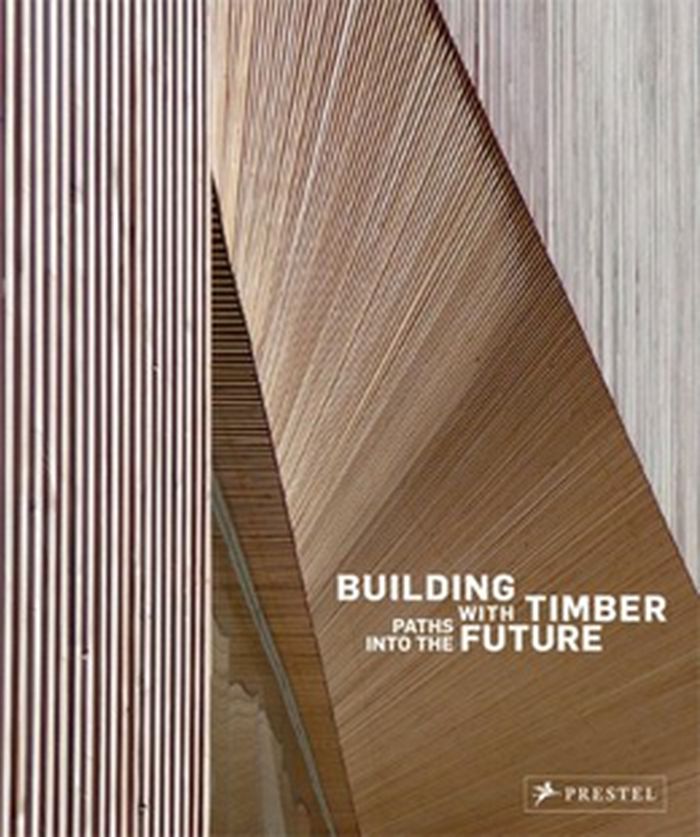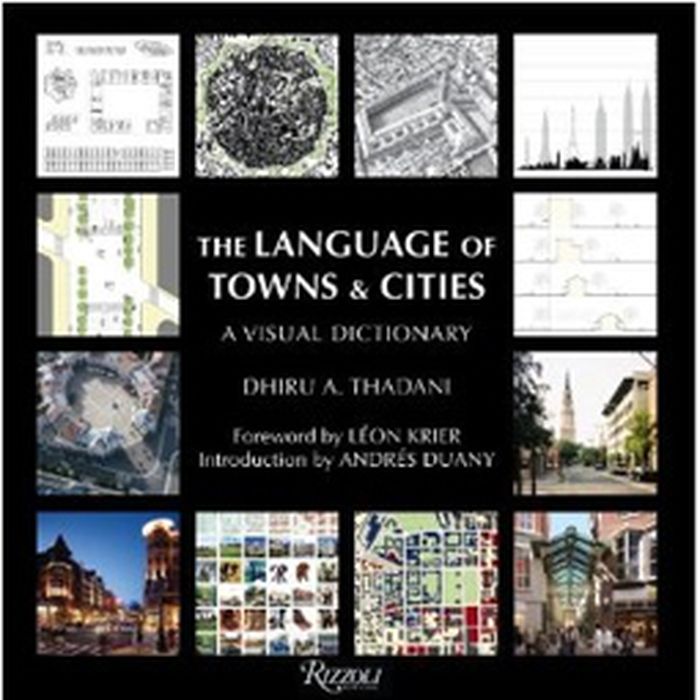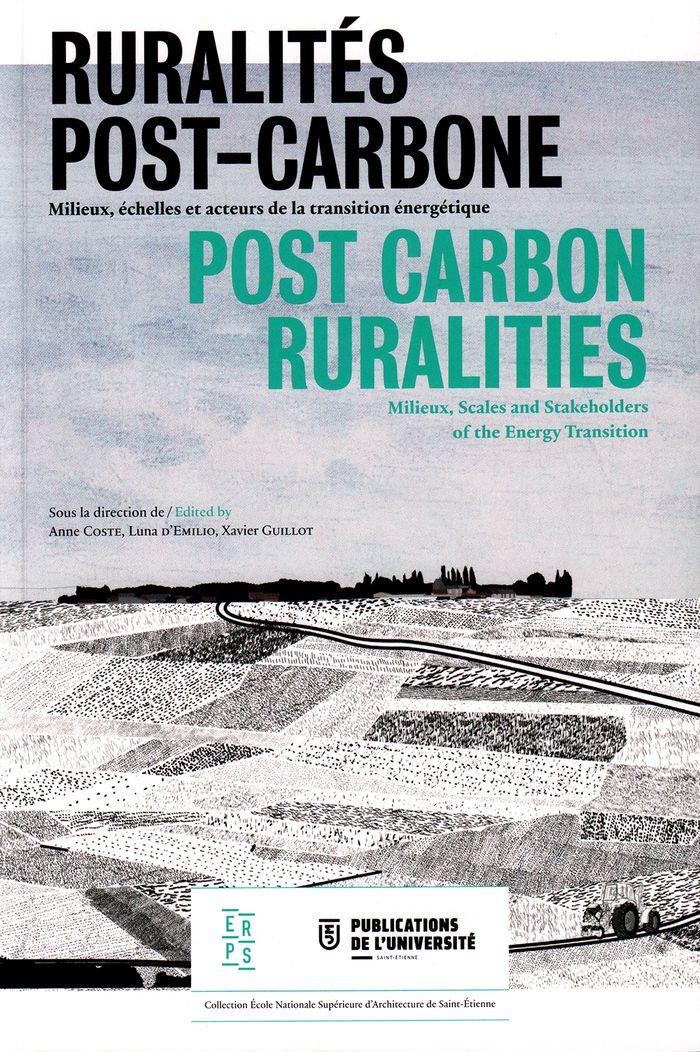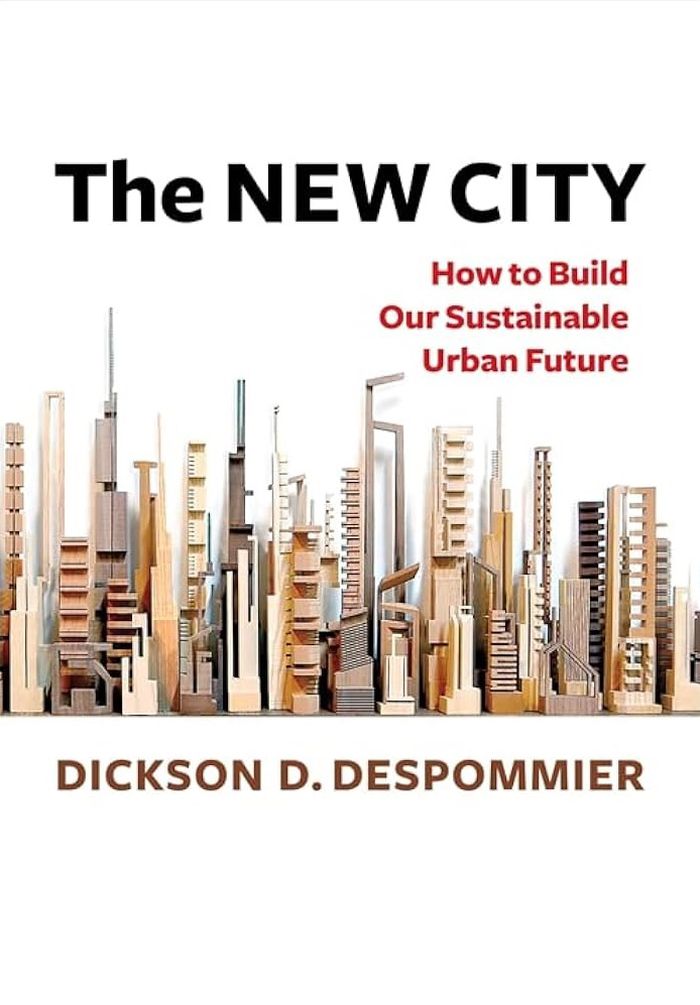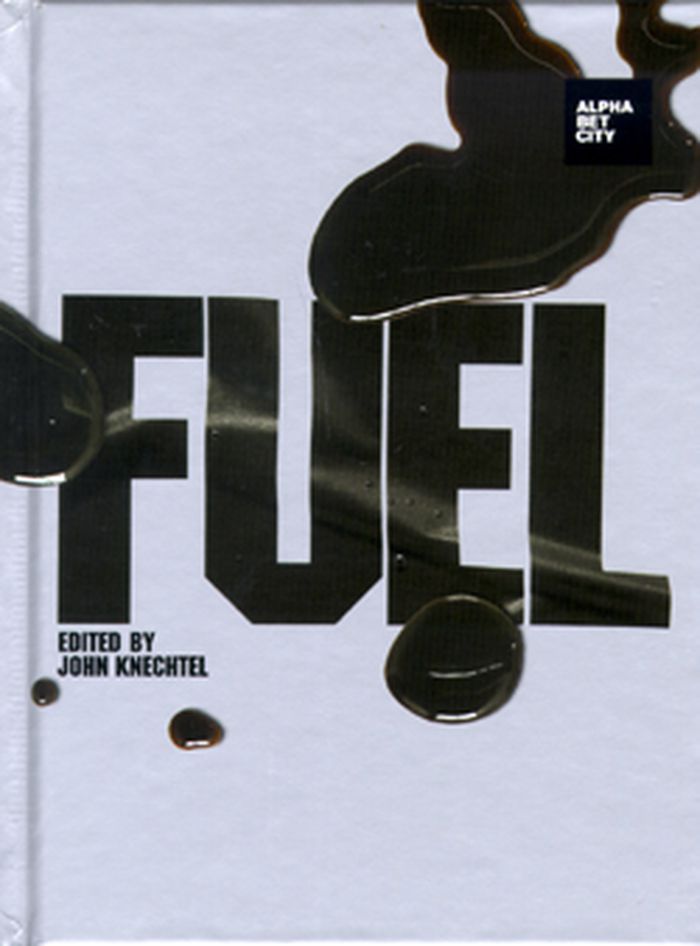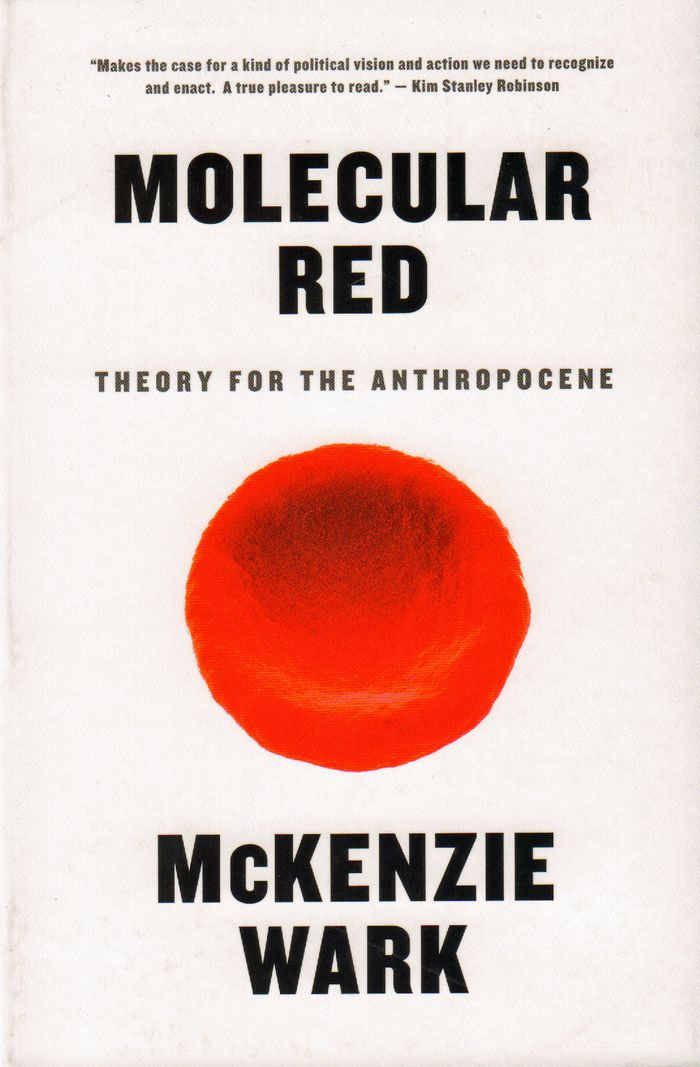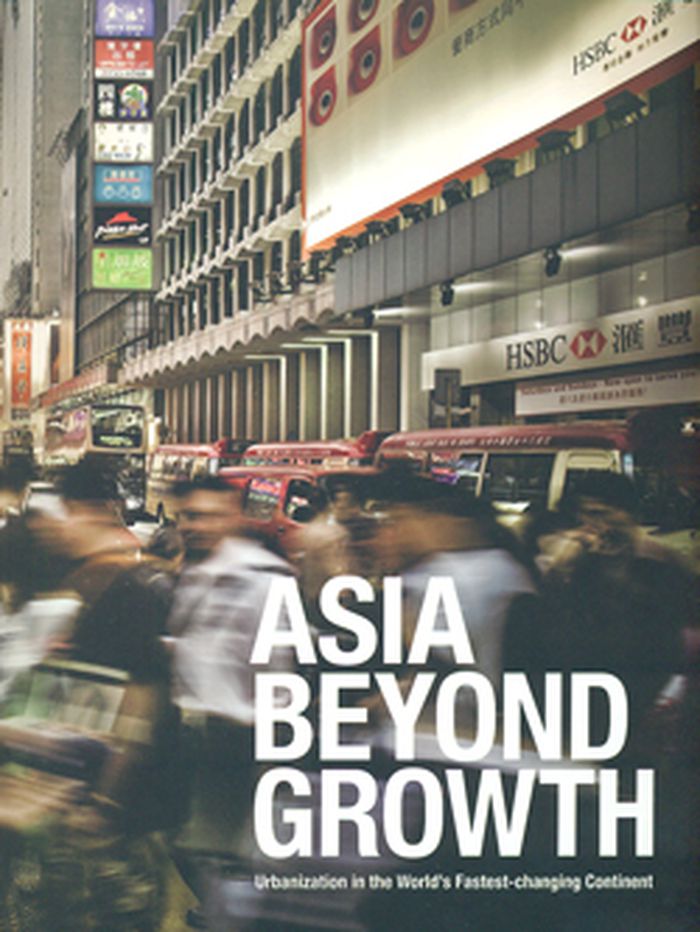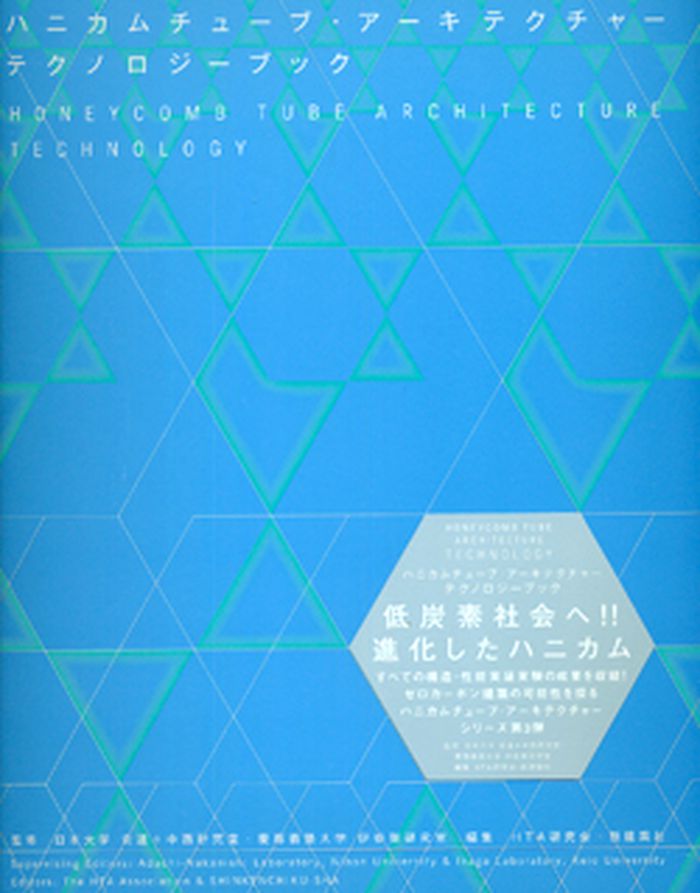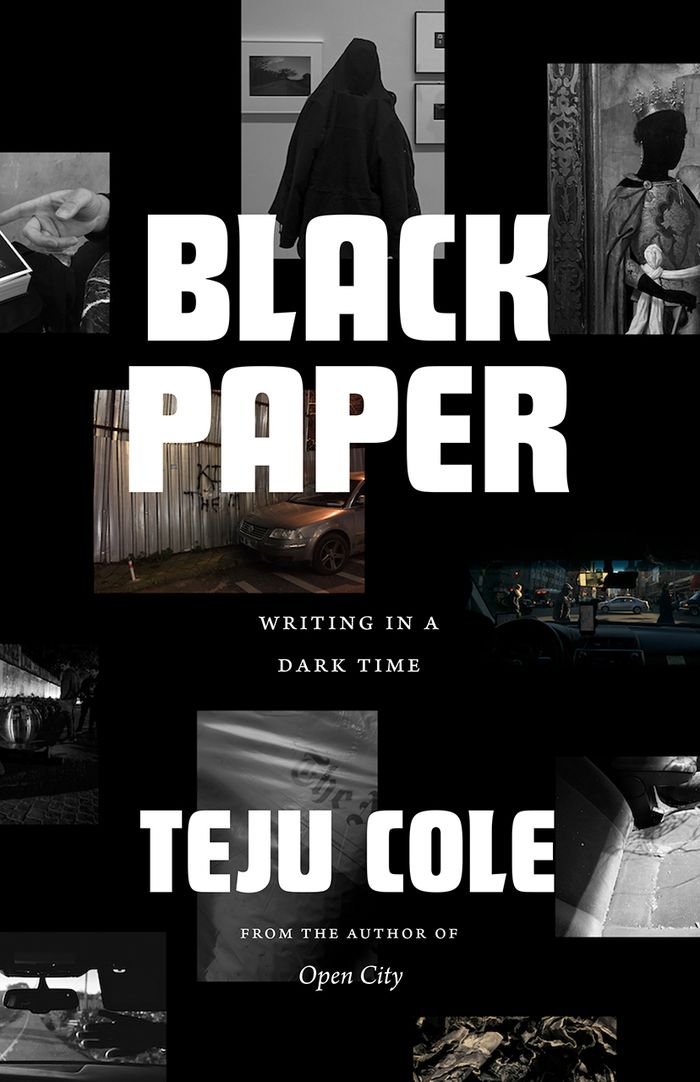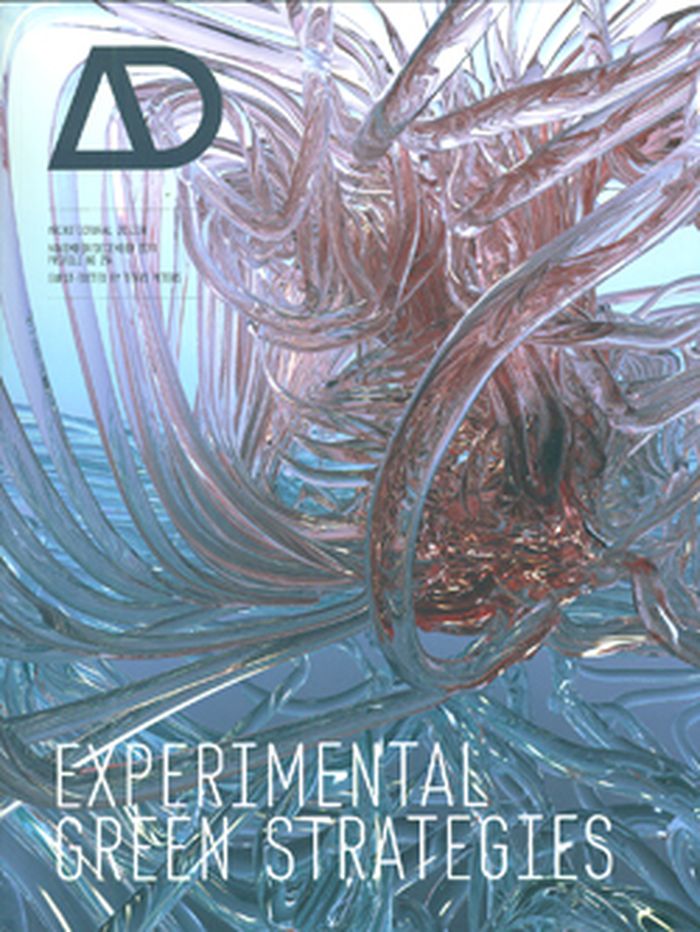$54.95
(available to order)
Summary:
A building material of the future, timber bridges the gap between nature and technology. A sustainable resource and climate-friendly construction material, timber is also materialised solar energy and carbon dioxide accumulator. As a universally applicable heat-insulating material and highly resilient natural product, it is the building material of the future. In this(...)
Building with timber paths into the future
Actions:
Price:
$54.95
(available to order)
Summary:
A building material of the future, timber bridges the gap between nature and technology. A sustainable resource and climate-friendly construction material, timber is also materialised solar energy and carbon dioxide accumulator. As a universally applicable heat-insulating material and highly resilient natural product, it is the building material of the future. In this book renouned experts examine timber's ecological importance, it's technological potential as well as the new possibilities for architectural construction and design of the familiar material.
Timber Construction
$112.00
(available to order)
Summary:
The Language of Towns and Cities is a landmark publication that clarifies the language by which we talk about urban planning and design. Everyday words such as "avenue," "boulevard," "park," and "district," as well as less commonly used words and terms such as "sustainability," "carbon-neutral," or "Bilbao Effect" are used with a great variety of meanings, causing(...)
The language of towns and cities: A visual dictionary
Actions:
Price:
$112.00
(available to order)
Summary:
The Language of Towns and Cities is a landmark publication that clarifies the language by which we talk about urban planning and design. Everyday words such as "avenue," "boulevard," "park," and "district," as well as less commonly used words and terms such as "sustainability," "carbon-neutral," or "Bilbao Effect" are used with a great variety of meanings, causing confusion among citizens, city officials, and other decision-makers when trying to design viable neighborhoods, towns, and cities.
Urban Theory
$49.95
(available to order)
Summary:
L’évolution du fonctionnement de notre système social et économique vers la production d’énergie décarbonée constitue aujourd’hui un enjeu d’ampleur planétaire. Ce dernier concerne autant les populations urbaines que rurales, imposant ainsi une réflexion globale sur les relations qu’entretiennent nos établissements humains avec les ressources renouvelables du territoire.(...)
Environment and environmental theory
May 2018
Ruralités post-carbone : milieux, échelles et acteurs de la transition énergétique
Actions:
Price:
$49.95
(available to order)
Summary:
L’évolution du fonctionnement de notre système social et économique vers la production d’énergie décarbonée constitue aujourd’hui un enjeu d’ampleur planétaire. Ce dernier concerne autant les populations urbaines que rurales, imposant ainsi une réflexion globale sur les relations qu’entretiennent nos établissements humains avec les ressources renouvelables du territoire. Cet ouvrage explore les modalités de transition vers un modèle énergétique, dans lequel la recomposition des rapports entre ressources et territoires laisse entrevoir un rôle inédit pour les espaces ruraux, lieux de nouvelles alliances humaines et économiques.
Environment and environmental theory
$52.95
(available to order)
Summary:
Cities are at once among humanity’s crowning achievements and core drivers of the climate crisis. Their dependence on the outside world for vital resources is causing global temperatures to rise and wildlife habitats to shrink. But we have the opportunity to make cities more sustainable by transforming the built environment. Dickson D. Despommier proposes a plan for(...)
The new city: How to build our sustainable urban future
Actions:
Price:
$52.95
(available to order)
Summary:
Cities are at once among humanity’s crowning achievements and core drivers of the climate crisis. Their dependence on the outside world for vital resources is causing global temperatures to rise and wildlife habitats to shrink. But we have the opportunity to make cities more sustainable by transforming the built environment. Dickson D. Despommier proposes a plan for creating a new, self-sustaining urban landscape. He argues that we can find solutions through the concept of biomimicry: emulating successful strategies found in nature. A better city is possible if we heed the lessons that forests and trees teach about how to store carbon, grow food, collect rainwater, and convert sunlight into energy. Touring established and leading-edge technologies, ''The new city'' provides a blueprint for tomorrow’s urban environment. Cities built from wood will be more resilient and less destructive than concrete and steel construction; they will also encourage reforestation, boosting carbon sequestration. Vertical farms inside city limits will supply residents with a reliable, healthy food supply. Buildings will harvest moisture from the rain and air to secure a clean water supply. Renewable energy, including not only wind, solar, and geothermal but also clear photovoltaic window glass and nonpolluting hydrogen fuel cells, will power a cleaner city.
Urban Theory
Alphabet city no.13 : fuel
$18.95
(available to order)
Summary:
In "Fuel", writers and artists imagine the transition to a carbon-free future: an architect plans "Velo-city," a network of elevated bikeways; a designer models a perfectly internalized, tail-chasing energy system; an urbanist examines the new "Oil Cities" in Dubai and Saudi Arabia; a photographer documents the social and environmental damage done by the oil industry in(...)
Alphabet city no.13 : fuel
Actions:
Price:
$18.95
(available to order)
Summary:
In "Fuel", writers and artists imagine the transition to a carbon-free future: an architect plans "Velo-city," a network of elevated bikeways; a designer models a perfectly internalized, tail-chasing energy system; an urbanist examines the new "Oil Cities" in Dubai and Saudi Arabia; a photographer documents the social and environmental damage done by the oil industry in Nigeria; and an architect proposes that oil rigs be turned into sanctuaries for marine and avian wildlife. Including a contribution by Montreal-based artist and writer Susannah Wesley.
small format
$23.95
(available to order)
Summary:
The first task of critique is to point out the poverty of these options. A second task might be to create the space within which very different kinds of knowledge and practice might meet. Economic, technical, political, and cultural transformations are all advisable, but at least part of the problem is their relation to each other. The liberation of carbon transforms the(...)
Molecular red : theory for the anthropocene
Actions:
Price:
$23.95
(available to order)
Summary:
The first task of critique is to point out the poverty of these options. A second task might be to create the space within which very different kinds of knowledge and practice might meet. Economic, technical, political, and cultural transformations are all advisable, but at least part of the problem is their relation to each other. The liberation of carbon transforms the totality within which each of these specific modes of thinking and being could be practiced. That calls for new ways of organizing knowledge.
Environment and environmental theory
$45.00
(available to order)
Summary:
This book tells a regional story that the whole world should hear. The needs of the emerging world (in particular the Asian continent) are leaving a carbon footprint that is rapidly expanding to match the pace of the U.S. and Europe. It is manifested in a dramatically transformed built and natural environment that poses unprecedented challenges. The emerging world is a(...)
Contemporary Asian Architecture
December 2009
Edaw: Asia beyong growth, urbanization in the world's fastest-changing continent
Actions:
Price:
$45.00
(available to order)
Summary:
This book tells a regional story that the whole world should hear. The needs of the emerging world (in particular the Asian continent) are leaving a carbon footprint that is rapidly expanding to match the pace of the U.S. and Europe. It is manifested in a dramatically transformed built and natural environment that poses unprecedented challenges. The emerging world is a testing ground for radical urban-design proposals, several of which are reviewed in this timely publication which is divided into two sections, "Growth" and "Beyond."
Contemporary Asian Architecture
$110.00
(available in store)
Summary:
Through a collection of research, writings and laboratory tests, this book advances the belief that honeycomb tube architecture is a secure, safe and sustainable architectural system for low-carbon societies. Included are the results of two wide-ranging tests that examine the strengths of honeycomb tubes for pre-stressed concrete and steel programmes, along with the(...)
Honeycomb tube architecture technology
Actions:
Price:
$110.00
(available in store)
Summary:
Through a collection of research, writings and laboratory tests, this book advances the belief that honeycomb tube architecture is a secure, safe and sustainable architectural system for low-carbon societies. Included are the results of two wide-ranging tests that examine the strengths of honeycomb tubes for pre-stressed concrete and steel programmes, along with the configuration’s response to seismic reactions. The second half of the book examines a wide range of research and projects that explores honeycomb’s environmental performances and its potential for sustainable architecture.
Engineering Structures
$33.95
(available to order)
Summary:
'Darkness is not empty,' writes Teju Cole in ''Black Paper,'' a book that meditates on what it means to sustain our humanity—and witness the humanity of others—in a time of darkness. One of the most celebrated essayists of his generation, Cole here plays variations on the essay form, modeling ways to attend to experience—not just to take in but to think critically about(...)
Black paper : writing in a dark time
Actions:
Price:
$33.95
(available to order)
Summary:
'Darkness is not empty,' writes Teju Cole in ''Black Paper,'' a book that meditates on what it means to sustain our humanity—and witness the humanity of others—in a time of darkness. One of the most celebrated essayists of his generation, Cole here plays variations on the essay form, modeling ways to attend to experience—not just to take in but to think critically about what we sense and what we don’t. Wide-ranging but thematically unified, the essays address ethical questions about what it means to be human and what it means to bear witness, recognizing how our individual present is informed by a collective past. Cole’s writings in ''Black Paper'' approach the fractured moment of our history through a constellation of interrelated concerns: confrontation with unsettling art, elegies both public and private, the defense of writing in a time of political upheaval, the role of the color black in the visual arts, the use of shadow in photography, and the links between literature and activism. Throughout, Cole gives us intriguing new ways of thinking about blackness and its numerous connotations. As he describes the carbon-copy process in his epilogue: 'Writing on the top white sheet would transfer the carbon from the black paper onto the bottom white sheet. Black transported the meaning.'
Social
$44.00
(available in store)
Summary:
Sustainable design and ecological building are the most significant global challenges for the design profession. To meet new building regulations and national targets for carbon emissions, all future buildings will be judged on their ‘green’ merits. For architects to maintain a competitive edge in a global market, innovation is now key; the design of new processes,(...)
November 2011
AD : experimental green strategies
Actions:
Price:
$44.00
(available in store)
Summary:
Sustainable design and ecological building are the most significant global challenges for the design profession. To meet new building regulations and national targets for carbon emissions, all future buildings will be judged on their ‘green’ merits. For architects to maintain a competitive edge in a global market, innovation is now key; the design of new processes, technologies and materials that combat carbon emissions and improve the sustainable performance of buildings are paramount. Contemporary practices have responded by setting up multi- disciplinary internal research and development teams, with offices such as Foster + Partners, HOK and Aedas setting the bar for ground-breaking research and development. The aim of internal groups is often to adapt and create new technologies and materials and to borrow ways of working from other disciplines, to focus on innovation rather than incrementally increasing performance or efficiency. This title offers insights into how a wide range of established and emerging practices are rising to meet these challenges. In pursuit of integrated sustainability and low-energy building, material and formal innovation and new tools and technologies, it illustrates that the future of architecture is evolving in an exchange of ideas across disciplines. Incorporating the creation of new knowledge about ecological building within the profession, it also identifies the emergence of a collective will to seek out new routes that build in harmony with the environment.
